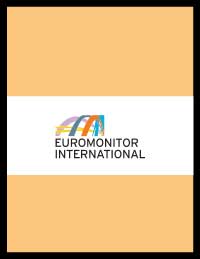Due to Germany’s geographical position, there are strong regional differences in fish consumption. On the one hand, there is the strong north-south divide, as Germans from the north, close to the North Sea and the Baltic Sea, eat greater quantities of fish, being part of the regional culture. As a result, there are sometimes very specific ways of preparing fish along the coastal regions that are not familiar to Germans in other areas of the country, such as crab puffing, Bismarck rolls and other...
Euromonitor International’s Fish and Seafood in Germany report offers a comprehensive guide to the size and shape of the market at a national level. It provides the latest retail sales data in volume terms 2017-2021, allowing you to identify the sectors driving growth. It offers strategic analysis of key factors influencing the market – be they new product developments, consumption patterns and distribution data. Forecasts to 2026 illustrate how the market is set to change.
Product coverage: Crustaceans, Fish, Molluscs and Cephalopods.
Data coverage: market sizes (historic and forecasts), company shares, brand shares and distribution data.
Why buy this report?
* Get a detailed picture of the Fish and Seafood market;
* Pinpoint growth sectors and identify factors driving change;
* Understand the competitive environment, the market’s major players and leading brands;
* Use five-year forecasts to assess how the market is predicted to develop.
Euromonitor International has over 40 years’ experience of publishing market research reports, business reference books and online information systems. With offices in London, Chicago, Singapore, Shanghai, Vilnius, Dubai, Cape Town, Santiago, Sydney, Tokyo and Bangalore and a network of over 800 analysts worldwide, Euromonitor International has a unique capability to develop reliable information resources to help drive informed strategic planning.



